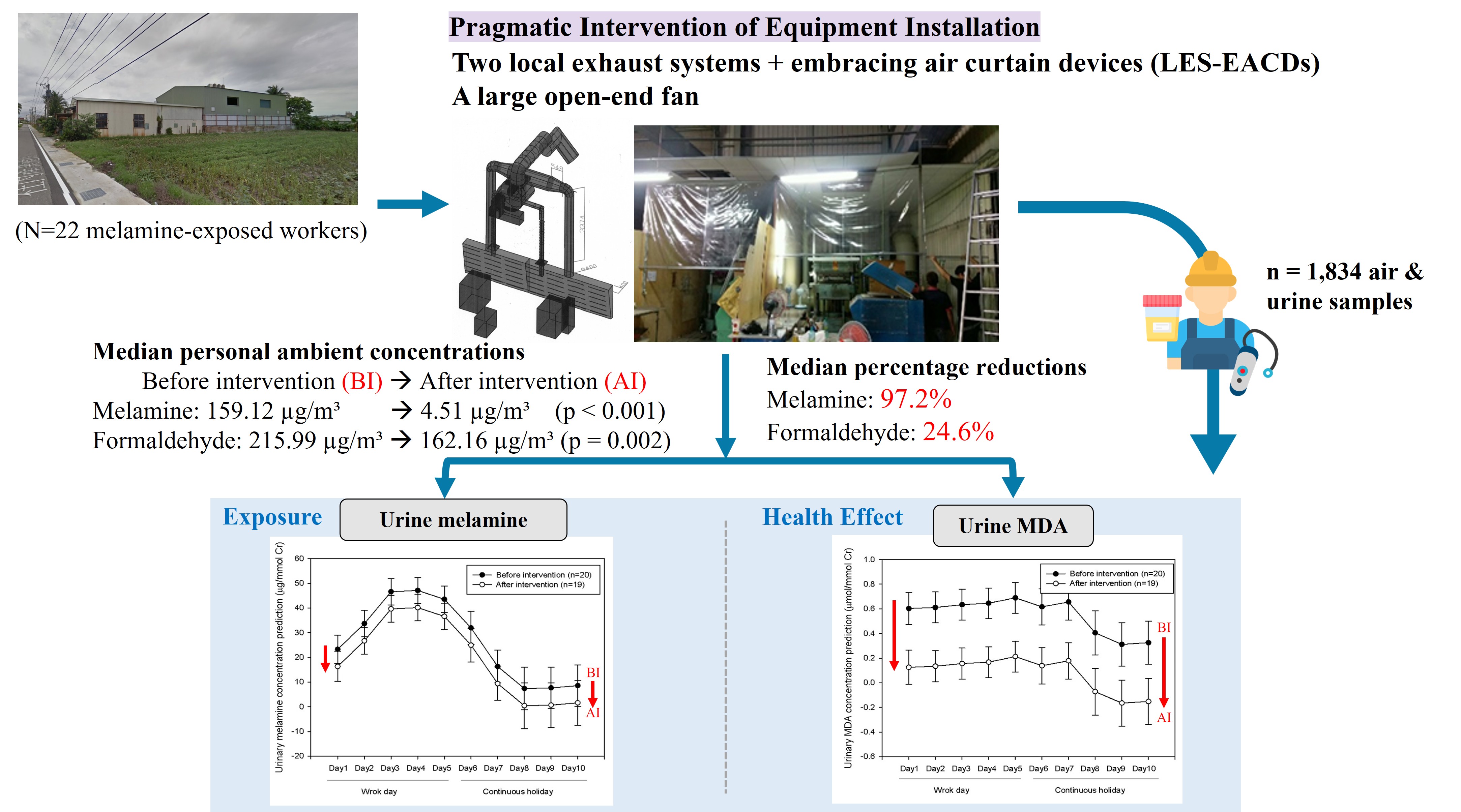


A simple and low-cost engineering control can simultaneously improve workplace air quality, reduce human exposure and early biological health effects, providing a practical and scalable “source-to-health” prevention model for small-and medium sized manufacturing industries.
Key points
More information